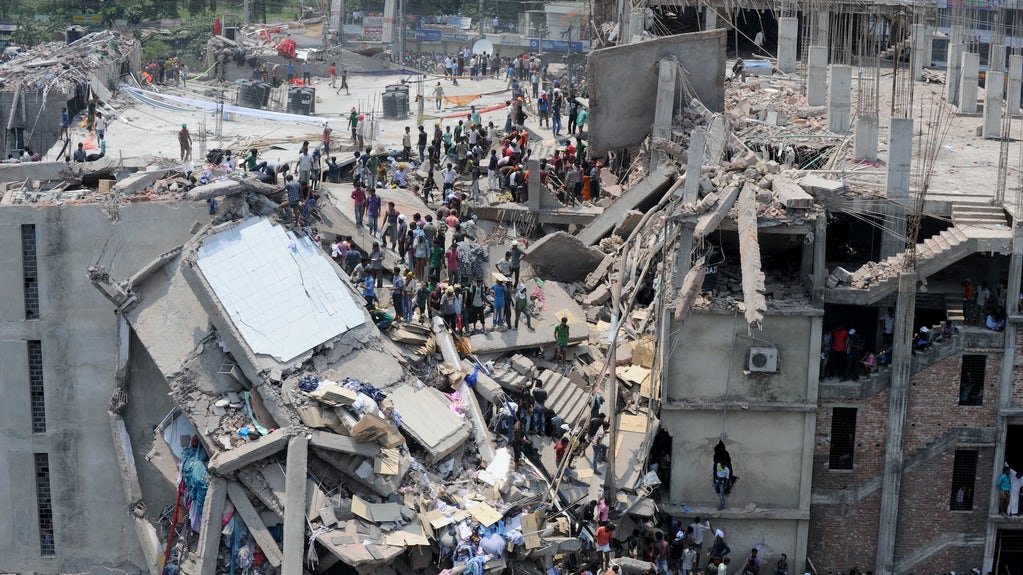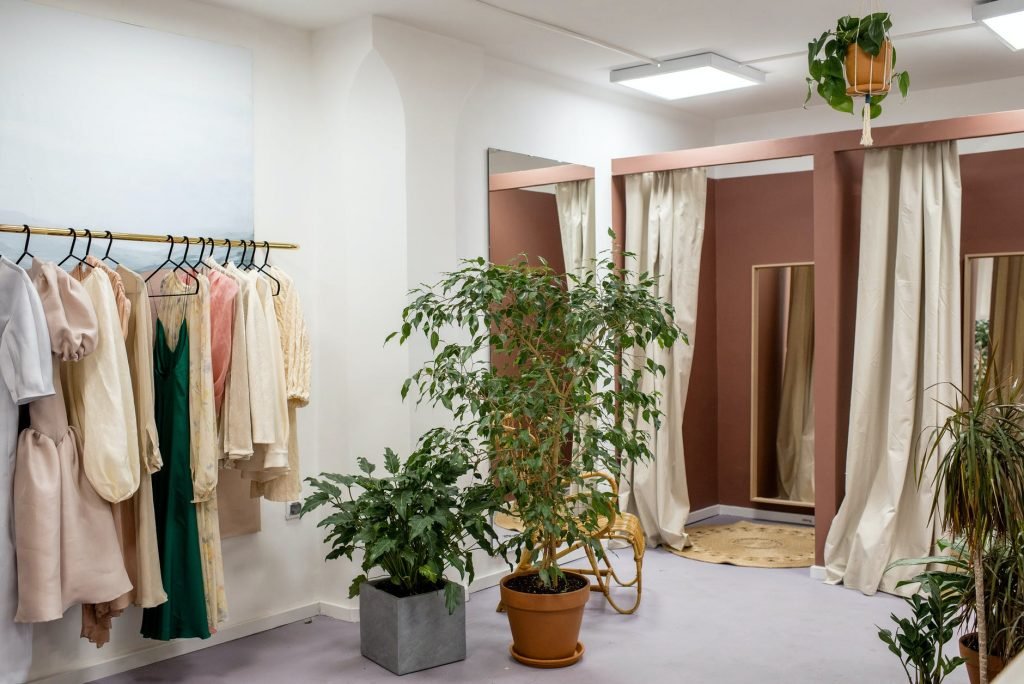Two decades ago, shopping was an episodic activity. Then, ‘fast fashion’ transpired. And suddenly, shopping became a hobby. We got cool, trendy clothes at cheap rates and fashion labels got higher profits. Everyone is happy it seems, what is the problem then? Let’s start by understanding what fast fashion really is.
What is fast fashion?
“Fast fashion can be defined as cheap, trendy clothing, that samples ideas from the catwalk or celebrity culture and turns them into garments in high street stores at breakneck speed.”
The basic idea is to deliver trending clothes to the masses at cheap prices. Until the 1950s, the fashion industry produced clothes for 4 seasons. Clothes were designed in advance as per the designer’s predictions about what the consumers would want to wear. You’ll be surprised to know what happens now. Fashion brands nowadays run around 52 ‘micro-seasons’ a year! They receive weekly or even bi-weekly deliveries of new collections of clothes. They ensure that a consumer never gets bored of their inventory by ensuring that there’s always something new to offer to them.
What is the problem with fast fashion?
Fast fashion has made the fashion industry toxic on so my levels. It promotes the idea that repeating an outfit more than once is a fashion faux pas. However, it is not clear whether fast fashion introduced this ‘hookup culture’ in the fashion industry or it was the other way around. Fast fashion brands have made a strong brand image for themselves, they’ve convinced us about how ‘cool’ wearing their clothes is. Especially among teens and young people, such brands are extremely popular.
Environmental effects
The fashion industry is the second-largest polluter of the environment, the first being the oil industry. Every year, clothing and textiles production releases about 1.2 billion tonnes of greenhouse gases. To give you an idea, that’s roughly more than the combined emissions from all international flights and shipping. In 2019, apparel and footwear production accounted for 8.1% of global greenhouse gas emissions, or as much as the total climate impact of the entire European Union. And that is not it. The production of clothing uses a lot of precious resources that are already scarce. For example- producing 1kg of cotton requires 20,000 litres of water.
The wastewater effluents from factories have killed our once-thriving rivers. Tiny plastic microfibers, shed by synthetic garments during laundry, are inundating our water supply and food chain. It is high time we change our clothing habits.

Labour
If you’ve come this far, you must be wondering how do these companies sell clothes at such low prices? It is pretty evident. Fashion labels exploit their workers in order to lower production costs and hence maximize profits. They export production overseas to developing countries like Bangladesh, India, China where they get cheap labour. These workers are underpaid and overworked. Kylie and Kendall Jenner refusing to pay their garment workers in Bangladesh is one such instance.
Often, the workers are women and sometimes children as well. They work under dangerous working conditions, unaware of their rights. In 2013, Rana Plaza, a garment factory in Bangladesh collapsed killing a total of 1,134 people and leaving thousands injured. The building collapsed due to shoddy construction; too many floors and way too much heavy equipment for the structure to withstand. This very factory produced clothes for brands like Benetton, Prada, Gucci, Versace, Mango among others. Now even after 7 years of this incident, we still are far behind in securing worker’s rights.
 The collapse of Rana Plaza in 2013 source: the business of fashion
The collapse of Rana Plaza in 2013 source: the business of fashion
Fast fashion brands
You’d be surprised to know how many of the very common and sophisticated labels around us are fast fashion brands. We usually pick up what looks good and costs less. But what we don’t know is how that cloth was made.

Some fast fashion brands-
- H&M
- Zara
- Forever 21
- Adidas
- Gap
- Guess
- Mango
Did you know Zara has 6,000 stores worldwide and alone produces roughly 840 million garments every year? And although such brands commit towards the environment, their commitments are often vague and misleading.
See also: H&M, Zara, and other fashion brands are tricking shoppers with vague sustainability claims
What to wear instead?

With growing awareness, more and more people are turning away from fast fashion. In response to this many labels have turned towards producing sustainable clothing. Although such may not be as popular, they are the ones we need. The next time you shop, what you need to look for is ‘sustainable’ as well as ‘ethical’ clothing. Here are some sustainable clothing brands available in India-
- Ka-Sha
- Rengé
- Maati by Neha Kabra
- Liva
- B Label
See more here: https://duexpress.in/how-instagram-thrift-stores-are-transporting-the-fashion-world/
